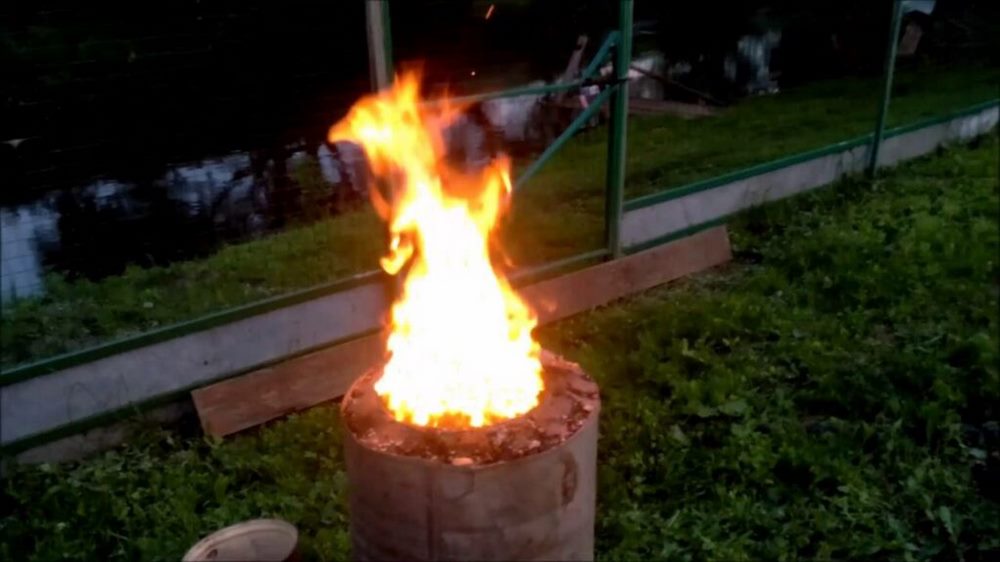Retort and torch pellet burners: features and differences
Pellet flare burners, which provide automatic continuous heating in conjunction with a pellet feeding device from a hopper, are a real alternative to gas. This technology is growing in popularity against the backdrop of constantly rising prices for natural gas and electricity. Its advantage is the low price per kilowatt and the availability of pellets. With the help of a burner, you can burn literally everything from agricultural waste to garbage, while extracting useful thermal energy.
The cost of pellets on the market is quite stable, while the supply is constantly growing. As a result, the transition to this type of energy resource is strategically objective. With the help of pellets, you can achieve complete autonomy in heat supply.
What is pellet burner
The classic pellet burner is a device that represents a structural difference pellet boiler from solid fuel. With its help, waste and granular raw materials are burned. There are two known burner designs - retort and flare.
If you burn pellet fuel without a burner, the ash content will reach 60%, and quite a bit of thermal energy will be recovered. To obtain more heat, it is necessary to provide conditions for the process of volumetric combustion. It allows you to burn fuel without residues and reduce ash content to the nominal energy feedstock (no more than 5%).
Pellet boilers partially implement the pyrolysis function, the pyrolysis zone, unlike a pyrolysis boiler, is located in one combustion chamber. This avoids coking and fuel sintering. To achieve complete combustion, pellet burners have special holes through which air is supplied, controlled by fans. In addition to holes for adjusting the flame, pellet burners use photoresistors for flame control, thermostats and draft sensors. Also, the devices are equipped with automatic ignition.
Fuel is supplied to the burner in portions with a special conveyor. However, this applies to the built-in filler, which is usually sufficient for the daily cycle of the boiler. Continuous operation will require a more serious fuel supply system from the pellet storage bin. All elements of the system interact with the automation, which allows you to configure not only the operation of pellet heating, but also climate control.
Burner types
Depending on the design, a distinction is made between retort and flare burners. According to the feeding method, forced and gravitational feeding can be realized. The second type involves placing a hopper above the boiler and burner, fuel enters it under the influence of gravity. Moreover, such boilers do not have the ability to regulate the feed rate of the pellets and the intensity of combustion.
Pellet feed is dosed using auger and pneumo-lift mechanisms. They are usually well controlled and allow you to adjust the intensity of the combustion.
Flare burners are a more modern solution providing complete combustion of fuel with forced feeding of pellets. Accordingly, this equipment is more expensive, but it is also better tuned to operating modes.
Burner automation
In fact, the pellet flare burner is installed in combination with a pellet feeder on a forced principle. This type of burner does not provide for gravity feed and belongs to the type of automatically controlled equipment.
Pellet burners FOCUS are heating equipment of the latest generation. With their help, the most complex tasks of space heating can be realized. FOCUS is an innovative Ukrainian brand that sells the latest heating equipment granular fuel.







